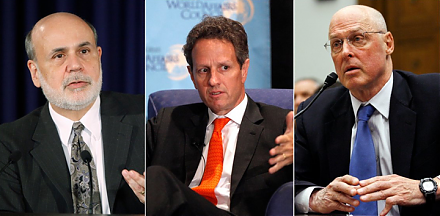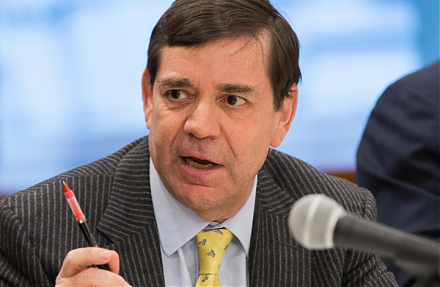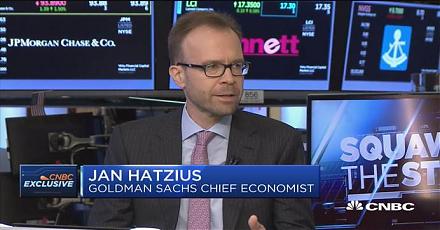

2018-07-09 09:39:00 Mon ET
federal reserve monetary policy treasury dollar employment inflation interest rate exchange rate macrofinance recession systemic risk economic growth central bank fomc greenback forward guidance euro capital global financial cycle credit cycle yield curve
The Federal Reserve raises the interest rate again in mid-2018 in response to 2% inflation and wage growth. The current neutral interest rate hike neither boosts nor constrains inflationary pressure. FOMC minutes reveal some members' concerns about whether the Trump tariffs would dampen robust macroeconomic momentum and full employment. When western allies such as Canada, Europe, and Mexico lash back with retaliatory steel and aluminum tariffs, this ripple effect may weaken 2.7%-3% U.S. economic growth and production. Both capital equipment and risky asset investments may deteriorate in light of international trade frictions.
Also, FOMC members express their concern about potential yield curve inversion that might signal the dawn of an economic recession. Whether a recession lurks around the corner remains an open controversy. While both stock market valuation and domestic demand continue to indicate investor optimism, the core term spread between short-and-long-term interest rates warns of potential output contraction.
In light of its dual mandate of price stability and maximum employment, the Federal Reserve may raise the interest rate twice in the second half of 2018. The current interest rate hike may continue above the neutral threshold sometime in mid-2019.
On balance, the recent Fed Chair transition from Yellen to Powell reflects the fact that the medium-term monetary policy stance has shifted from dovish to hawkish. A dovish monetary policy stance focuses on attaining full employment, whereas, a hawkish stance emphasizes inflation containment.
This monetary policy transition is a major inflection point that shines fresh light on the inexorable and mysterious New Keynesian trade-off between price stability and employment.
If any of our AYA Analytica financial health memos (FHM), blog posts, ebooks, newsletters, and notifications etc, or any other form of online content curation, involves potential copyright concerns, please feel free to contact us at service@ayafintech.network so that we can remove relevant content in response to any such request within a reasonable time frame.
2019-12-04 14:35:00 Wednesday ET

Many billionaires choose to live below their means with frugal habits and lifestyles. Those people who consistently commit to saving more, spending less, an
2018-07-17 08:35:00 Tuesday ET

Henry Paulson and Timothy Geithner (former Treasury heads) and Ben Bernanke (former Fed chairman) warn that people seem to have forgotten the lessons of the
2018-04-17 12:38:00 Tuesday ET

Value investment strategies make investors wiser like water with core fundamental factor analysis. Value investors tend to buy stocks below their intrinsic
2022-02-15 14:41:00 Tuesday ET

Modern themes and insights in behavioral finance Lee, C.M., Shleifer, A., and Thaler, R.H. (1990). Anomalies: closed-end mutual funds. Journal
2025-10-11 14:33:00 Saturday ET

Stock Synopsis: With a new Python program, we use, adapt, apply, and leverage each of the mainstream Gemini Gen AI models to conduct this comprehensive fund
2017-03-27 06:33:00 Monday ET

Goldman Sachs chief economist Jan Hatzius says the Federal Reserve's QE exit strategy makes sense ahead of Fed Chair Janet Yellen's stepdown in 2018